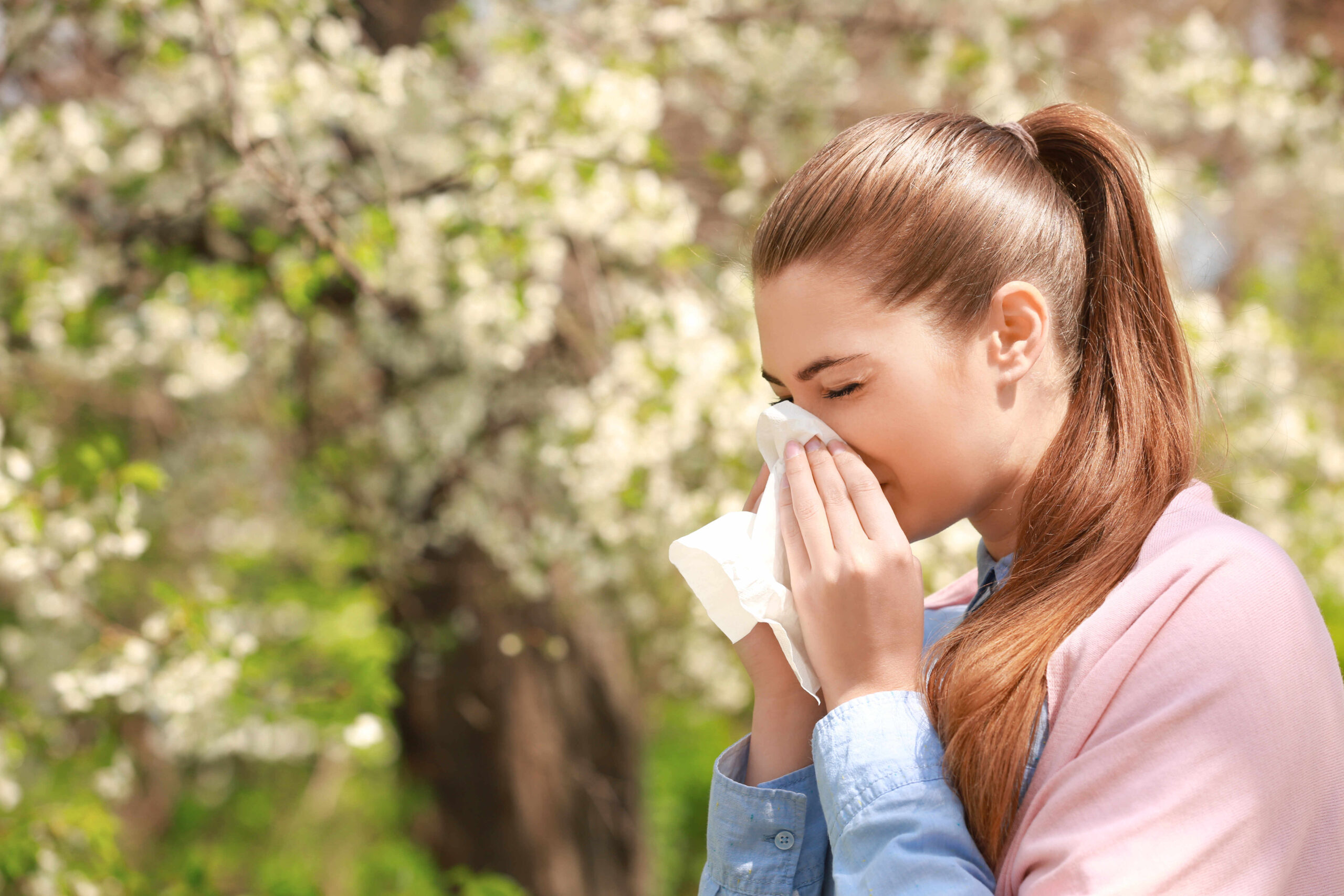Frustrated spring allergy sufferers will soon be frantically popping antihistamines to be rid of their streaming eyes and runny noses that pollen brings with it, but did you know that pollen is likely not to be the only culprit?
The experts at Allergy Insider recognise that there are some myths around spring allergies, including only being allergic to one thing at a time.
Below is some detailed advice on what allergy sufferers need to know.
Myth: you can only be allergic to one thing at a time
While it’s true that there’s an increase in pollen during spring, summer, and even into early fall, it’s wrong to assume that pollen is the only allergic trigger, pop an antihistamine, and call it a day.
When you encounter multiple substances you’re allergic to at the same time, they can add up, and that’s when you’ll start experiencing symptoms1,2. This is called the symptom threshold.
Think about your symptom threshold like the rim of an empty cup, and the different substances you’re allergic to as liquids. A splash of pollen, a shot of pet dander, a scoop of dust mites, and the next thing you know, your cup is overflowing and your face is exploding. But, if you can modify this cursed cocktail by reducing exposure to one or two of those allergens, your cup might not overflow, which may mean no itchy eyes, no sneezing, and no repeated trips to the store for more antihistamines.
Examples of indoor allergens to which you can help control exposure:
A common misconception is that animal fur triggers allergic symptoms. But in reality, it’s a combination of skin, fur, and saliva—and more specifically, proteins found in those substances—that is the culprit.
This collection of tiny, lightweight elements is called animal dander. The particles that compose dander are so fine that they can stay in the air for hours, potentially causing symptoms long after the animal has left the room. Dander can even build up on furniture, carpets, mattresses, and clothing, so people who have pets can unknowingly carry the allergens with them everywhere they go, including school or work.
Dust mites are an important cause of allergies worldwide, and those allergic to them may experience symptoms after inhaling dust mite particles3.
Many patients with dust mite allergy can experience symptoms when exposed to other allergens such as different species of dust mites, cockroaches, shellfish, and helminths.
Mold is a type of fungus found both indoors and out4,5,6. Mold reproduces via spores, which can be transported by air, water, and insects7,8. After inhaling these spores, those allergic to mould may experience symptoms9.
Along with causing symptoms of allergic rhinitis (aka hay fever) mould allergy is also a major risk factor for developing upper and lower respiratory diseases such as asthma9,10.
There’s a lot we can do to reduce exposure to sneaky indoor allergens that are just as capable of causing the sniffles, and one of the most important actions you can take when, or even before, your allergy symptoms start acting up is to get tested for allergies. Specific IgE blood testing will help your healthcare provider pinpoint your allergic sensitizations.
There are also more myths to be had around spring allergies, details on these and advice on the facts can be found at Allergy Insider’s Five Spring Allergy Myths blog post.
